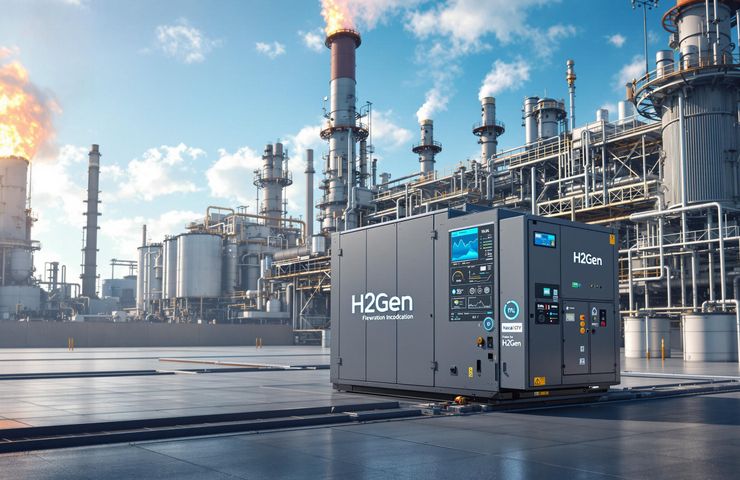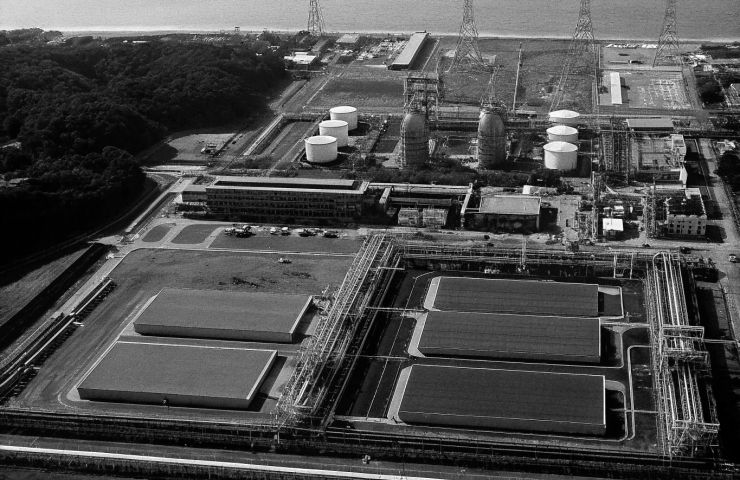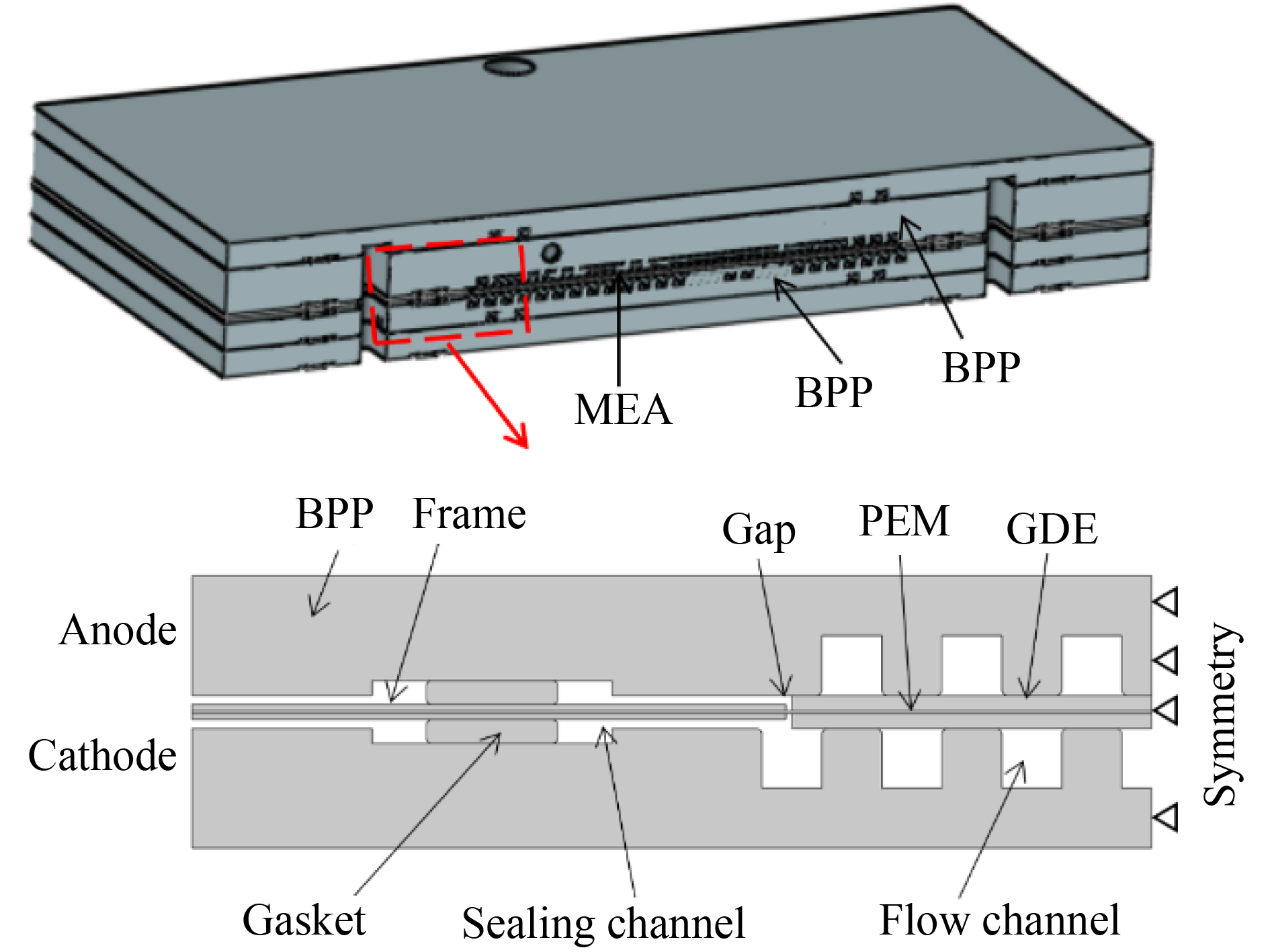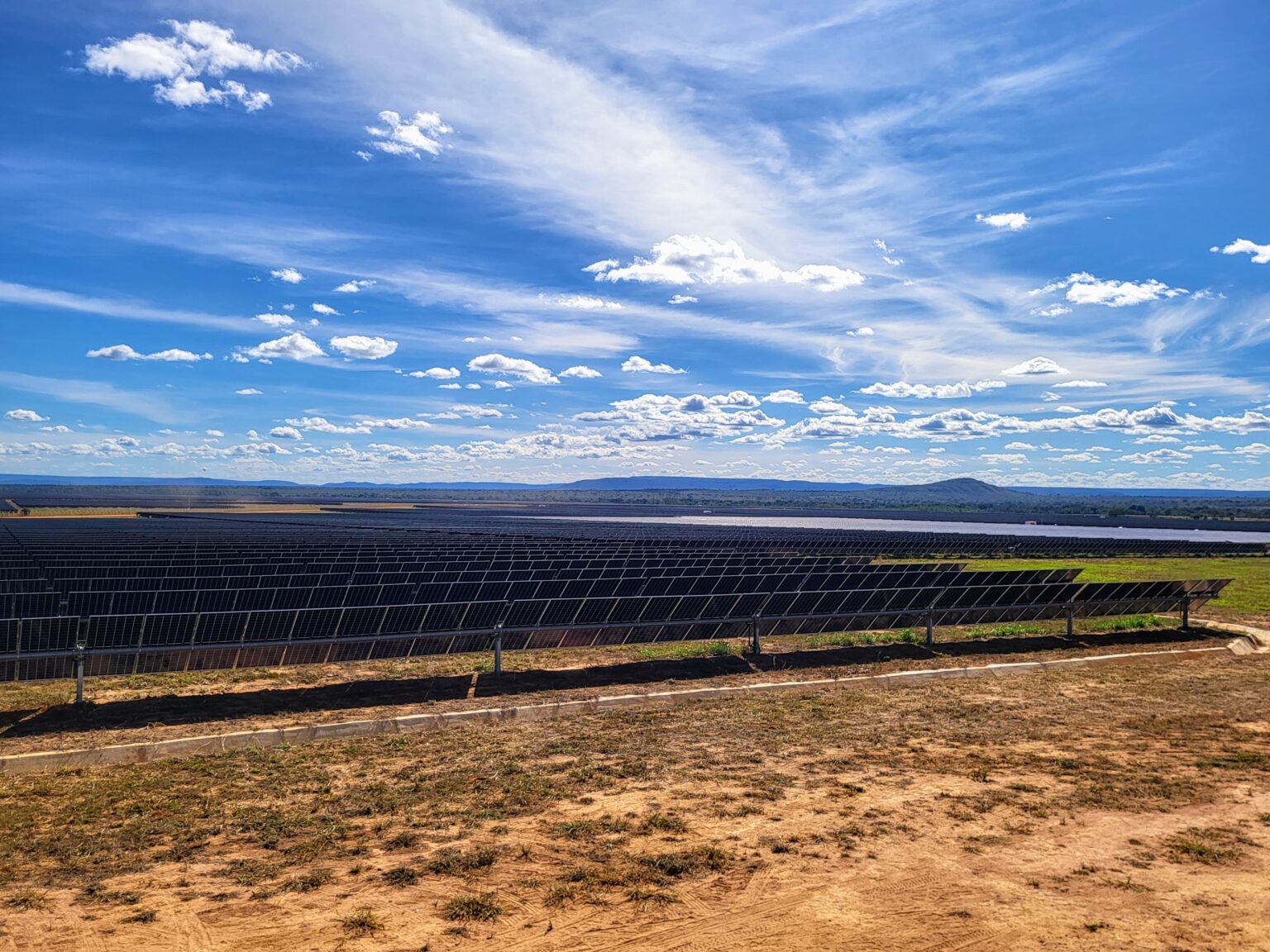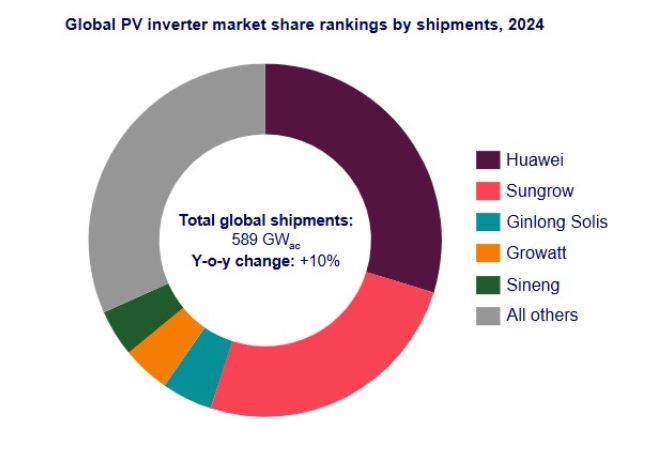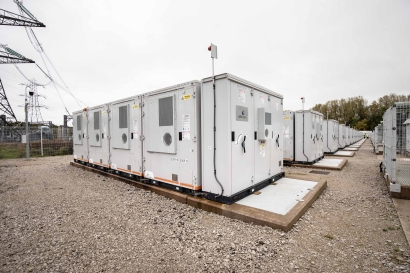Scientists see potential for 3,000 PV-powered methanol sites in Europe
Researchers have analyzed the potential implementation of green methanol from CO2 capture in existing industries, based on European GIS data. While they found 9,213 theoretically viable municipalities, the number fell to 3,016 when considering the space needed for a PV installation around the plant.
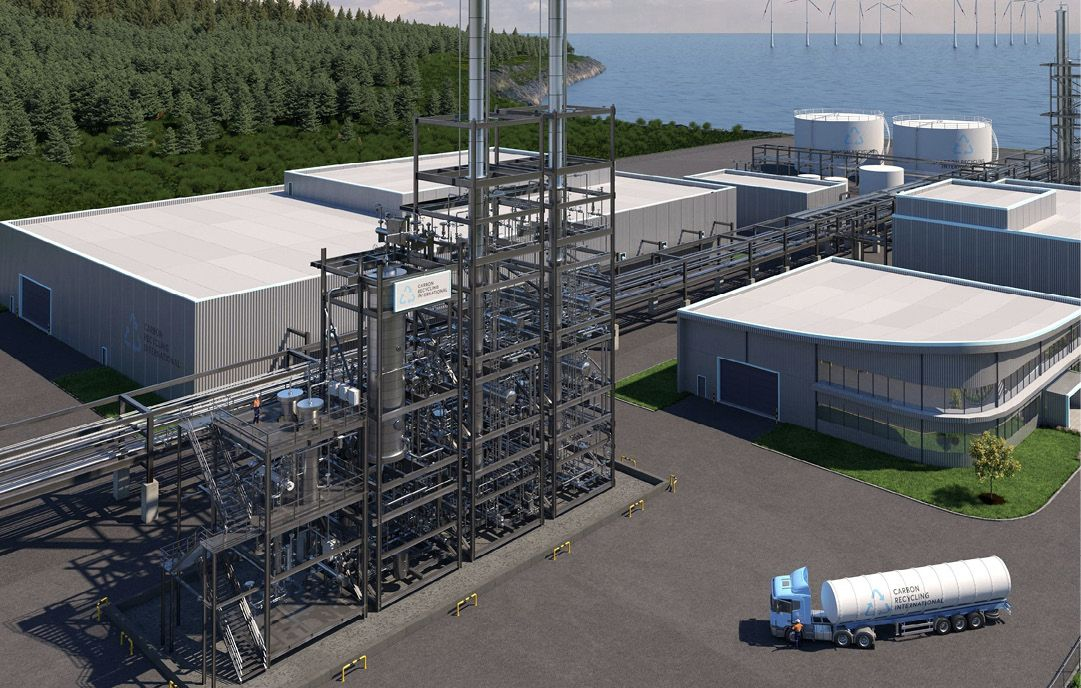
Researchers have analyzed the potential implementation of green methanol from CO2 capture in existing industries, based on European GIS data. While they found 9,213 theoretically viable municipalities, the number fell to 3,016 when considering the space needed for a PV installation around the plant.
A research group from Spain’s University of Seville in Spain has analyzed the potential implementation of PV-powered green methanol from CO2 capture around Europe. Using a geographic information system (GIS), the analysis has focused on CO2 capture from existing industries. Methanol is a promising candidate for green fuel, produced worldwide through CO and CO2 hydrogenation processes.
“The work proposed studies the potential for e-methanol in the EU zone area from solar PV, based on a GIS study of future facilities based on water resource availability, solar resource, the capacity of the nearby land for solar photovoltaic plants, as well as the nodes of the nearby natural gas grid for the injection of surplus hydrogen, and finally the proximity to energy-intensive industrial plants for the synthesis of CO2 and green H2 to green methanol,” explained the team.
The group has established several boundary conditions for identifying methanol production sites. One of the boundary conditions is a water treatment station within 10 km, as 0.3 m³/h of raw water is needed per kg of H₂ to produce green hydrogen by electrolysis. Another boundary condition is the presence of a natural gas consumer within 10 km, allowing the produced methanol to be integrated into its use.
Furthermore, as CO2 is blended with H2 to produce methanol, such plants require a CO2 emitter of at least 140,000 tons per year in their vicinity, which must be captured using chemical absorption with monoethanolamine (MEA). They also considered an urban zone within 10 km, and a natural gas node within 20 km. The latter is included for the utilization of excess hydrogen from the plant in the natural gas grid.
“We found the potential for green methanol production in Europe, based on a geospatial analysis to be of 9,213 theoretically viable municipalities, identified by their proximity to natural gas infrastructure, industrial CO2 sources, and water treatment plants,” said the academics. “After applying land use filters, such as protections to urban and protected areas, as well as requirements for PV installations (50 MW on >100 hectares), 3,016 technically viable municipalities are selected.
Getting to this result, the team continued to an economic evaluation based on three scenarios. The baseline scenario aligns with the market conditions of 2023, incorporating moderate hydrogen electrolyzer costs of €1,350 ($1,563)/kW and CO2 prices of €80/ton. The optimistic scenario assumes declining CAPEX for green hydrogen of €1,200/kW and reduced CO2 capture costs of €70/ton, whereas the conservative scenario foresees green hydrogen production CAPEX of €1,500/kW and CO2 capture costs of €90/ton.
“The analysis projects a potential of around 30 Mton H2/year in PV to produce 5 Mton of methanol, with a carbon capture capacity above 7 Mton CO2/year,” the researchers concluded. “The economic analysis of different scenarios shows that in 2030, the levelized cost of methanol could reach values around €450/ton MeOH, with an internal rate of return (IRR) of over 15%, showing the viability of the approach.”
Their findings were presented in “Green methanol production from photovoltaics in Europe,” published in Renewable Energy.
What's Your Reaction?























